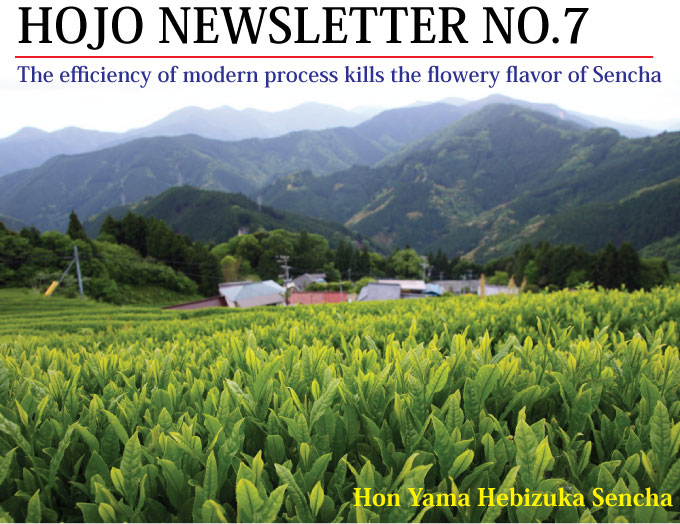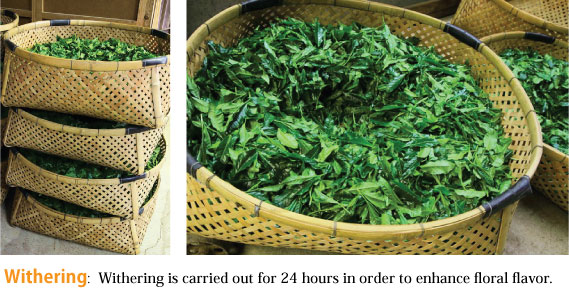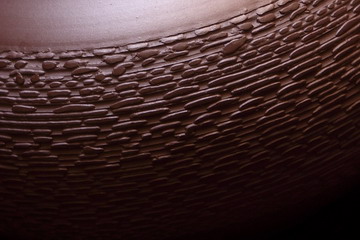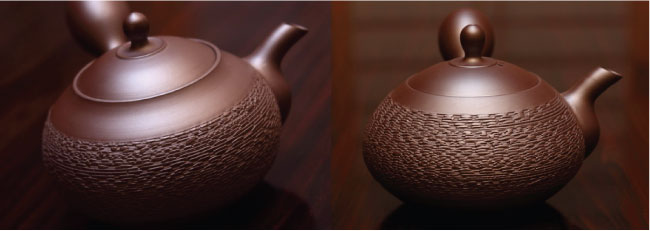
Greetings!
I am Akira Hojo from the HOJO TEA SHOP. You are receiving this email because you have registered to be on my list when you visited my shop at The Gardens Mall, in Mid Valley City, Kuala Lumpur.
This time, I would like to share my experience about Japanese tea that processed follow traditional method.
When I meet some elderly people at tea growing area in Japan, they often tell me that tea they had drunk when they were young were much more delicious than what they drink now. In the first place, I thought it is just their sentimental feeling of yearning for the past. However, I kept hearing this from many people when I visited the tea manufacturing area. It makes me wonder the major difference between the modern day tea processing methods compared to the old day.
After spending some time in several tea gardens to understand about the relationship of the character of tea and the processing method, finally the truth is unveiled.
In this newsletter, I review the process of Japanese tea in old day. As such, I introduce a very unique Japanese green tea which is processed following the same method. Based on the better understanding of the process of tea, we are now able to enjoy the same taste of tea that people used to drink once upon a time.
Based on our better understanding of the process of tea, we are now able to enjoy the same taste of tea that people used to drink once upon a time.
Go to HOJO Websie Main Page >>
In fact, there is not much difference in the process of tea then and now, except for the rolling method. In modern day, most of Japanese green tea is processed by machine, while in old days tea was rolled by hand; it is called “temomi”. Temomi will make tea look more beautiful and give a thicker taste, but it doesn’t mean the taste is better. The overall character and quality depends on the material, mineral in particular and other processes such as steaming and firing.
In the old days, the process of tea took much longer time. In modern practice, after the tea leaves are plucked, it is sent to factory and processed at once. In the old days, it was impossible to process the tea that fast. Firstly the tea garden was situated on top of the mountain and the farmer did not have the facility to carry the tea back to their factory all at once. Tea was left at the tea garden or factory for several hours or even up to a day, while waiting for the transportation or process.
As a result of this, the tea becomes "naturally withered". Withering causes the dehydration of tea and it triggers an enzymatic ripening. The tea leaves produce various kinds of substance that greatly contribute to the flavor and aroma.
Although the withering process was carried out unintentionally in the old days, it might have been a crucial process that produces tea with a very nice flavor. I assumed that this might have been the reason why elderly people always emphasize that they are longing for the tea that they had drunk when they were young.
Successful candidates can look forward to a highly competitive remuneration package with attractive scheme
Salary range RM1,500 to RM3,000 including commission), and rewarding career advancements.
Work location: Kuala Lumpur, Mid Valley, The Gardens Mall
Responsibility: Daily sales and operation of shop
Working Experience: Not required in particular. Fresh graduate are encouraged to apply. On-job training and site training at oversea tea gardens will be provided to groom you to be a tea expert.
Language: Able to write and speak both in English and Chinese
Age: 22 years old and above.
If you are interested, please send a resume to us at following e-mail address.
Nowadays, it is very hard to find the tea that is processed following the method of the old days. In modern tea making processing, people believe that it is critical to the quality of tea if the process is delayed which might cause it to deteriorate. Therefore, right after plucking, the tea leaves are immediately steamed and processed. This is the reason that ordinary Japanese tea gives a very greenish flavor and less flowery flavor as compare to Chinese green tea. Some tea manufacturers in Japan often apply intensive firing in order to produce a nutty flavor. But this is different from a flowery flavor.
I was very surprised when I came across Hon Yama Hebizuka Sencha. It is exactly the tea that follows the old method of making tea. In making Hon Yama Hebizuka Sencha, the withering process is carried out on purpose. After plucking, tea is not processed in the same day. Tea leaves are left for 24 hours in a bamboo basket and is only processed the next day. Thanks to the withering process, Hon Yama Hebizuka Sencha gives a very sweet and flowery flavor.

Go to the Hon Yama Hebizuka Sencha >>
There is another reason that makes Hon Yama Hebizuka very special. Usually most of Japanese green tea is grown at very low elevation. It is due to the climate of Japan. Most of the tea garden in Japan is located at lower altitude due to the high latitude. The lower the elevation, the earlier the plucking is carried out. The farmer has a lot of advantage as tea comes out earlier to the market.
However Hon Yama Hebizuka tea garden is located at very high elevation. Its altitude is at about 800m. In Japan, 800-1000m is almost the growing limit of tea tree.
Due to the high mountain environment, Hon Yama Hebizuka tea garden produces a very special character. However I would like to stop explaining this tea since I have specific website for this tea. Please visit following website for more information.

Chigire means “Thousand Cut” or “Slash” in Japanese.
The artist uses a needle to penetrate the surface of clay on the teapot. The clay on the surface is agitated and formed the unique pattern. It looks like an action of sewing the surface of teapot with a needle. The artist must stay steady and keep his hand very stable so that the pattern appears consistently. It is also important that the artist sharpen the needle in an ideal shape so as to create the intended pattern.

In Japan, and not to mention in other countries, there are an extremely less number of artists who has competent skills in making the Chigire tea pot. Masaki Tachi is the only one who acquired this technique at the ultimate level that brings life to the teapot. There are some artists who sometimes make Chigire in Tokoname. But it is not up to the level that carries artistic value. His Chigire texture sometimes appears like snake skin of which model could even send for exhibition as no one could imitate such style.
The “Chigire Teapot” that was requested a few years ago was finally made and we recently received various designs.
Please visit the following website if you would like to know more about Masaki Tachi